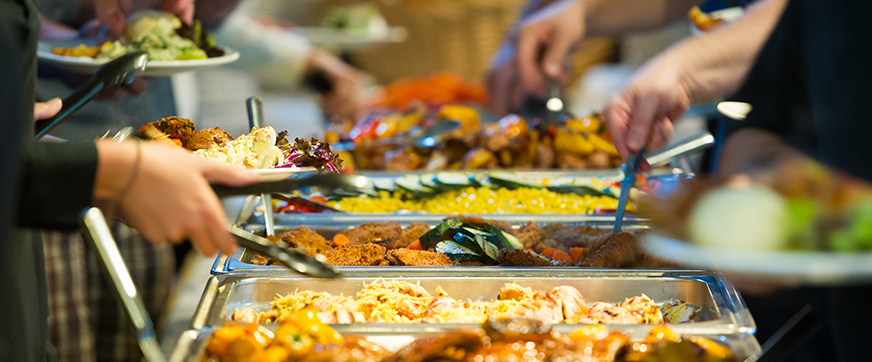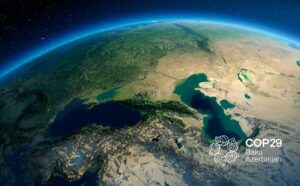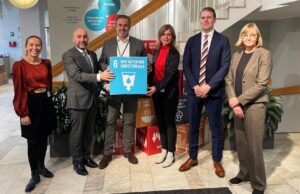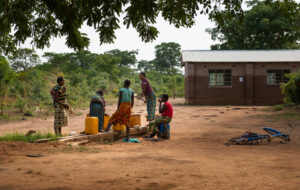- SIWI – Leading expert in water governance
- /
- Latest
- /
- “We live in a richer, fatter world”
“We live in a richer, fatter world”
Never before have more people had access to such a vast variety of food from so many origins at such low cost. One would think that the battle against food insecurity is faring well. But, as Prof. Jan Lundquist explores, the battle is only beginning as the implications on resource availability and greenhouse gas emissions expand under the weight of a fatter world.

During the last 50 years, average global food supply increased by 30 per cent per capita – a remarkable achievement in view of the fact that the world’s population increased from three to seven billion. Never before have so many been exposed to such a tempting variety of food supply from so many origins for such a low expenditure.
So, even if price and access to a proper diet for the poor remain barriers, there seems to be good reason to exclaim that the strategy and battle against food insecurity has been successful. Or has it? Well, it depends. Two partly new forces have muscled their way into the dynamics of food security and socioeconomic progress. One is changes in water, the other one is changes in consumer attitudes and behaviour, modified through significant increases in disposable income, more for some, less or nothing for others.
Water flows where money is
A rapidly growing middle class in China, India and in several countries in Africa also want two meals a day, and they are able to pay for food that generally requires more water and energy, and which generates more greenhouse gases. Why shouldn’t they enjoy a better diet and other amenities that are common in the rich world?
Water flows naturally by gravity but also to people and places where money is. When the rivers are desiccated and the rains fail, people turn to groundwater. In affluent as well as developing countries, groundwater is now lifted several hundred meters with implications for energy demand and outflow to local streams. Yet, in spite of impressive hydraulic works and ingenuity, water-related risks top decision-makers’ agenda.
Prevailing food strategies ignore elevated risks and global warming
According to official statements, 60 per cent more food is needed and demanded from 2005/07 to 2050. How come? Population increase during that period is only about half of that figure.
Let’s put the figures in context. About 800 million people are undernourished but prevalence is going down. Parallel with this laudable trend, the number of people who are overweight and obese has accelerated and is now well over 2 billion. The overweight and obesity epidemic is a major component in the nutritional crisis, at par with climate change in terms of global threats for human well-being and progress. Equally disturbing, the losses and waste of food produced are about a third of what is produced.
Rivers of water are exploited in vain and so are energy, land, investments and labor. Seven billion consumers today and nine billion in 35 years can make or break a strategy for food and nutrition security. A growing middle class is responsible for the largest part of food waste, either in terms of food discarded or in terms of overeating.
Contrary to other actors in food systems, consumers are not accountable for wrong-doings. Overeating and waste of food are social challenges with significant implications for water, the environment, energy, the economy, and public health. It is reasonable that actors from all parts of the food system assume responsibility for water and food and nutrition security. Initiatives to revive a sound food culture among consumers are urgent.
Most recent

SIWI’s endorsement of the COP29 Declaration on Water for Climate Action
- Water and climate
- World Water Week
- Water governance

SIWI-WASH experts join IVL
- Water, Sanitation and Hygiene (WASH)
- Water governance

Women hold the key to building climate resilience
- Gender and water
- Resilience through water

There is no resilience in Europe without a water-resilient Europe

The world can’t afford a water dry Summit of the Future

Inclusive and water-smart landscape restoration approaches for successful climate mitigation


